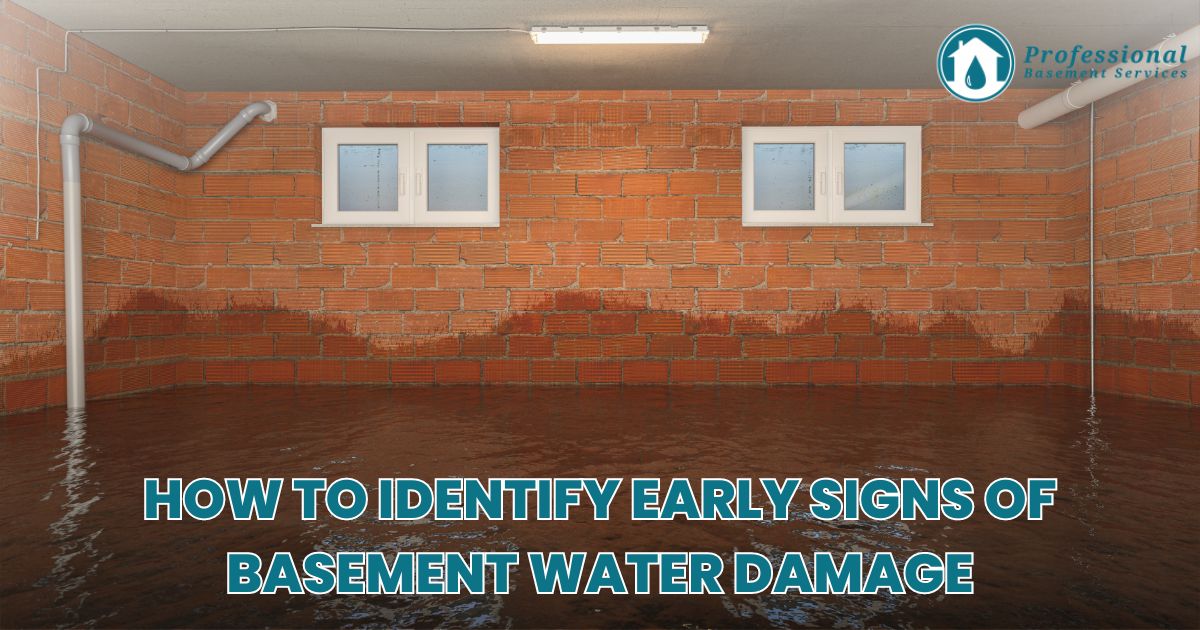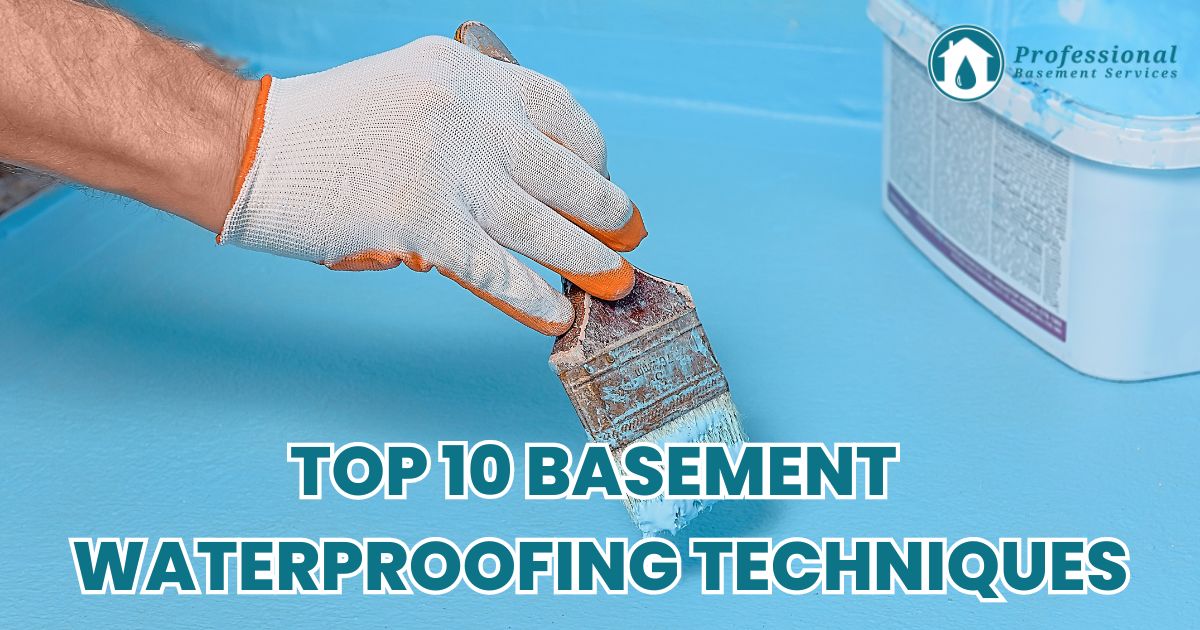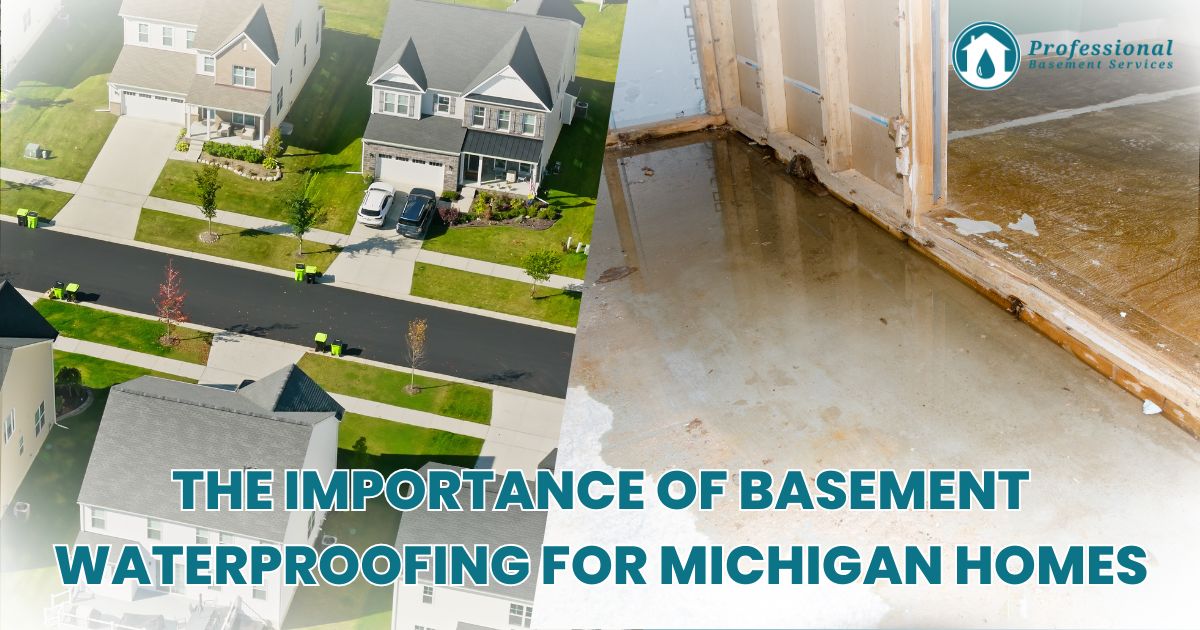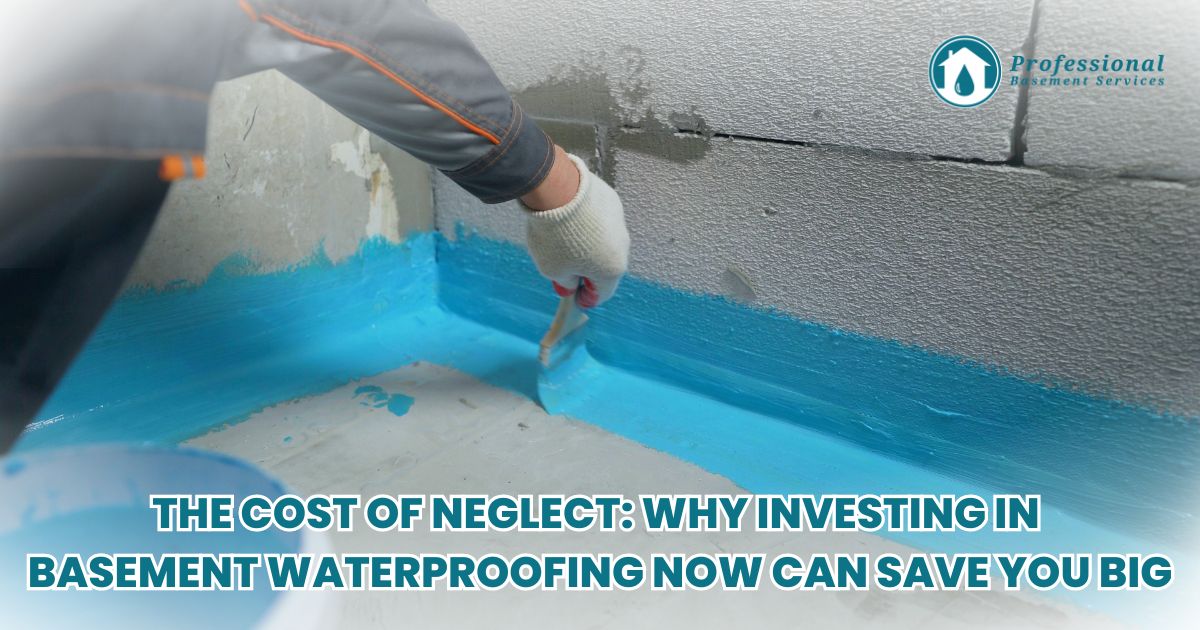How to Identify Early Signs of Basement Water Damage
Basement water damage is a common issue for homeowners, especially in regions with fluctuating weather conditions like Michigan. Early detection of water damage is crucial to prevent severe structural issues, mold growth, and other related problems. This blog will guide you through the early signs of basement water damage and why it’s important to address them promptly.
1. Musty Odors
One of the first signs of water damage in your basement is a musty or damp smell. This odor is often caused by mold and mildew, which thrive in moist environments. If you notice a persistent musty smell, it’s a clear indication that there is excess moisture in your basement that needs to be addressed.
2. Visible Mold and Mildew
Mold and mildew are not only indicators of moisture problems but also health hazards. Look for mold growth in corners, around windows, and on walls or floors. Mold can appear in various colors, including black, white, green, or gray. Early detection and remediation are essential to prevent health issues and further damage.
3. Water Stains
Water stains on walls, floors, or ceilings in your basement are a telltale sign of water intrusion. These stains might appear as discoloration or patches that are darker than the surrounding area. Pay attention to any new stains and monitor if they grow over time.
4. Efflorescence
Efflorescence is a white, powdery substance that appears on basement walls. It is caused by water seeping through the concrete and bringing mineral deposits to the surface. While efflorescence itself is not harmful, it indicates that water is entering your basement and could lead to more serious issues.
5. Cracks in Walls and Floors
Cracks in the foundation walls or basement floors can allow water to seep into your home. While small hairline cracks might not be a major concern, larger cracks or those that widen over time can indicate significant structural issues and should be inspected by a professional.
6. Peeling Paint or Wallpaper
Water damage can cause paint or wallpaper to bubble, peel, or blister. If you notice these signs in your basement, it’s likely that there is moisture behind the walls. Addressing the source of the moisture is critical to prevent further damage.
7. Damp or Wet Floors
If your basement floor feels damp or you notice puddles, this is a clear sign of water intrusion. This could be due to a variety of reasons, such as a high water table, poor drainage, or plumbing leaks. Identifying the source of the water is essential to determine the best course of action.
8. Increased Humidity
An unusually high humidity level in your basement can be an early indicator of water problems. Humidity can lead to condensation, which in turn can cause mold growth and damage to your belongings. Using a hygrometer to monitor humidity levels can help you catch issues early.
9. Sump Pump Issues
If you have a sump pump installed in your basement, it’s essential to ensure it is functioning correctly. Frequent sump pump failures or excessive cycling can indicate water problems that need to be addressed. Regular maintenance and testing of your sump pump can prevent unexpected failures.
10. Rust on Metal Surfaces
Rust on metal items such as pipes, support beams, or appliances in your basement is a sign of excess moisture. Addressing the source of the moisture can prevent further rusting and potential damage to your property.
Conclusion
Identifying the early signs of basement water damage is crucial for maintaining a safe and healthy home. If you notice any of the signs mentioned above, it’s important to take action promptly. Contacting professional Michigan basement services can help you assess the situation and implement effective waterproofing solutions. By addressing water damage early, you can protect your home from structural issues, mold growth, and other related problems, ensuring a dry and secure living environment.





